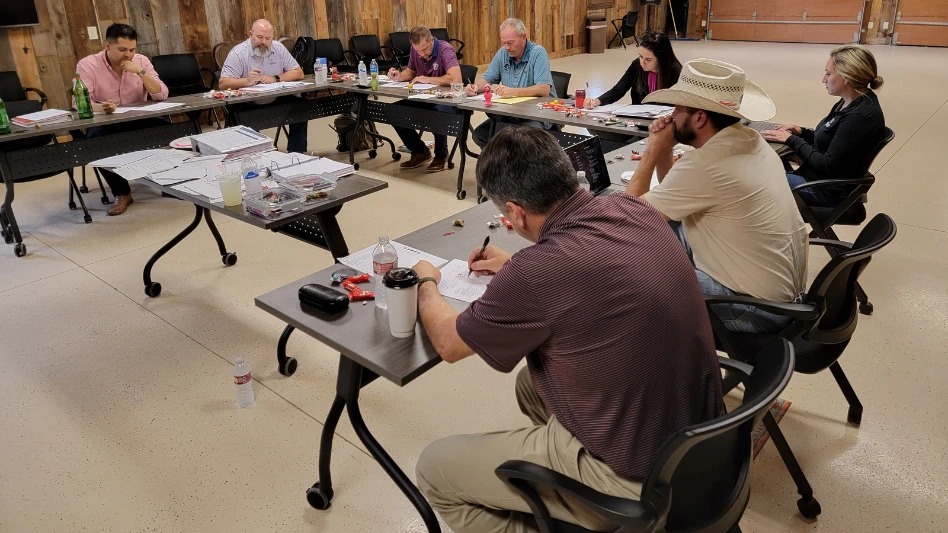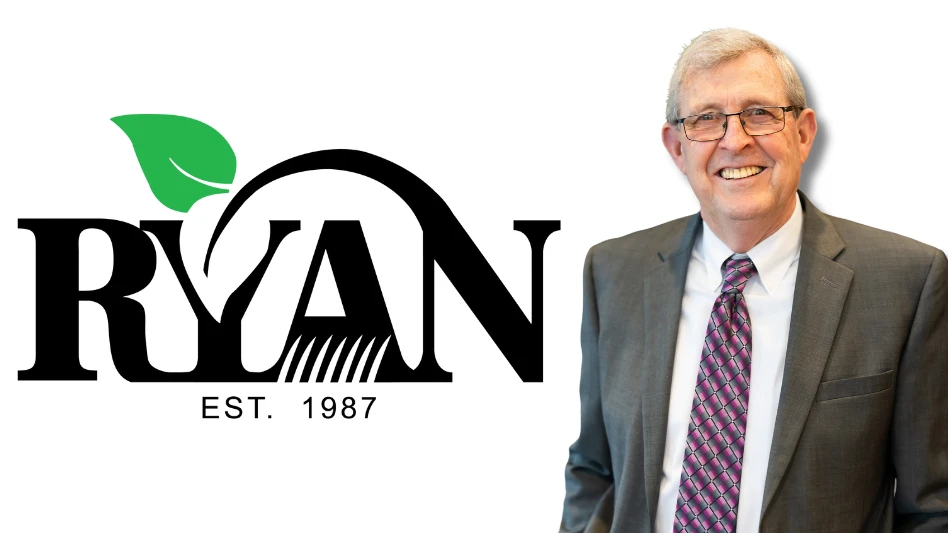For the second consecutive year, ValleyCrest Landscape Cos. earned recognition as one of Training magazine’s 2012 Top 125 training companies. Training Top 125 award winners were honored at a black-tie gala awards show attended by 600 in February in Atlanta. In its second year entering the recognition program, Calabasas, Calif.-based ValleyCrest earned a ranking of No. 114 and is the only landscape services firm named on the list.
The Training Top 125 annual ranking honors organizations around the world that offer outstanding employer-sponsored workforce training and development. The top five ranked companies selected for the award in 2012 include: Verizon, Farmers Insurance, Miami Children’s Hospital, Mohawk Industries and McDonald’s. A full list of winners can be found here: 2012 Training Top 125 winners. 
“ValleyCrest is honored to be recognized again for our training efforts and to be included in a list of such prestigious companies,” said Mark Lenahan, director of training & development for ValleyCrest Landscape Cos. “It’s also great to see that our ongoing focus on training is having such a positive effect on both employee and customer satisfaction.”
Parke Kallenberg, vice president of training for ValleyCrest Landscape Maintenance, added, “We would like to dedicate this year’s award to Burt Sperber who was so proud of the company winning this award the first year and always believed in the importance of training our employees.” Sperber passed away in September 2011 after founding and, for more than six decades, leading a company that today employs more than 10,000 who take care of the landscape needs of thousands of commercial customers across the United States.
Last year, ValleyCrest ranked No. 118 on the list. Now in its 12th year, the Training Top 125 ranking is based on a myriad of benchmarking statistics such as total training budget; percentage of payroll; number of training hours per employee program; goals, evaluation, measurement, and workplace surveys; hours of training per employee annually; and detailed formal programs. The ranking is determined by assessing a range of qualitative and quantitative factors, including financial investment in employee development, the scope of development programs, and how closely such development efforts are linked to business goals and objectives.





